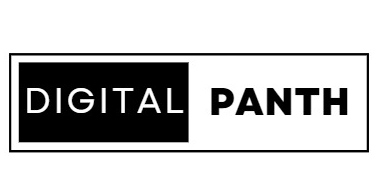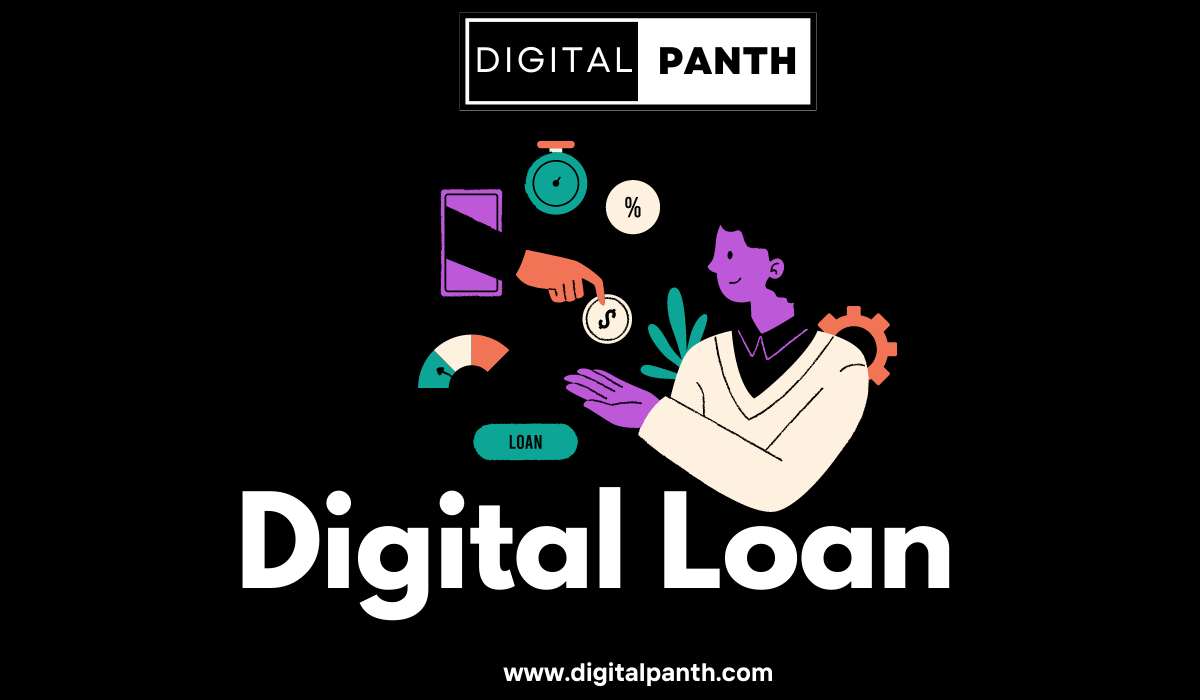What is Digital Loan? In India, financial technology, or fintech, is frequently touted as a potent instrument for fostering financial inclusion. The financial technology (fintech) advances that have completely changed how loans are obtained and disbursed are to be credited for the recent boom in the popularity of the banking, financial services, and insurance industries. Digital financing is among the most intriguing advancements in this area.
Read: What is Financial Management?
What is a Digital Loan?
It serves as a platform for quick cash advances. Any internet-enabled device can be used by borrowers to apply for any consumer or business loan, regardless of location. Digital lending allows financial organizations to boost efficiency and loan revenues while providing quicker service at the point of sale (POS). It enables people to apply for and receive loans without having to physically go to a bank or other financial institution.
With the use of this technique, borrowers may submit their loan applications online, get approved, and manage their payments online.
Younger, tech-savvy borrowers who value convenience and flexibility have grown more and more fond of this type of loan. Digital lending has grown tremendously over the past few years as a result of smartphones’ widespread use and the expanding selection of loan choices.
Scope of Digital Loans in India
In the Indian fintech market, digital loaning is a segment that is fast growing. This industry has had exceptional growth in recent years, increasing from a value of $9 billion in 2012 to approximately $150 billion in 2020. By 2023, the industry is expected to have increased significantly to a whopping 350 billion dollars, according to experts.
Start-ups in the fintech sector and Non-Banking Financial Institutions (NBFI) have mostly dominated this booming industry. They are transforming the lending industry by utilizing technology to offer quick, easy, and practical loan services.
1- Rules and Regulations
Digital lending in India is proven to be accelerated by significant government interventions like the federated consent architecture and the recently established payments ecosystem. Regarding interest rates and liquidity rules, there have been some fantastic developments recently. Fintech and NBFCs are now able to offer their clients more effectively and easily thanks to a list of all these actions.
2- Knowing Your Customer in Video
During COVID-19, we’re all attempting to limit social interaction. The speed of KYC, however, may be impacted by the lack of field visits. Aadhaar card-based KYC of consumers via video call has been offered by the RBI as a remedy for this problem. Customers may be onboarded quickly and effectively with video KYCs because they are affordable and dependable.
3- Demonetization
After demonetization on November 8, 2016, the digital payment system received a boost in India. One of the factors influencing the growth of digital loans in India is the acceptance of digital payments. Indian fintech firms profited from demonetization. The game was leveled up and technologically enhanced. They leveraged technology to give their clients a seamless experience. The fintech business model benefited from India’s falling internet costs.
Benefits of Digital Loans
Comparing digital financing to conventional loan choices has several benefits. Borrowers can apply for loans online without having to go in person to banks or other financial organizations because the loan application process is quick and easy. To make loans more accessible for consumers, digital lenders also provide lower interest rates. The loan sum is promptly deposited into the borrower’s bank account after being approved. Lending through digital channels is generally a quick, affordable, and effective process.
1- Simple Application Process
Lending that combines and digitizes customer information benefits borrowers in a variety of ways. When choices are made more swiftly and processes are more clear, customer discontent is reduced. It lessens the likelihood of incomplete files, which could cause application evaluation to take longer.
It encourages better communication with the customer regarding the upfront disclosure of information. A centralized database comprising all application data is created by an online loan application. When a customer provides the required information, a bank or credit union can use a digital banking platform to immediately update the entire financial package.
2- Simpler Loan Disbursement
The geographical constraints associated with the loan disbursal process have been reduced through the adoption of digital lending platforms, enabling borrowers to submit loan applications more swiftly. They offer simple data entry, a tailored user experience, and straightforward loan application processes.
3- Easy to Obtain Applicant Information.
Human error is less likely to occur with digital lending because applicant information is more easily gathered. Document validity can be checked digitally, speeding up and ensuring accuracy in the process.
4- Digitalization of Loan Data
The credit team greatly benefits from the digitization of information access and flow. There are several ways that it improves openness and reduces bottlenecks:
Information: Through an intuitive user interface, loan processors can gather third-party data from various digital lending systems, such as credit agency reports, external bank data, and financial data. Decision-making is sped up by this process, which cuts down on errors and eliminates pointless manual tasks.
Access: All borrower information is available to lenders from a single point of access. Workflows built into digital lending software can be modified for better audit tracking.
5- Analyzing Lending Data
The intelligence and analysis part of the lending process can also be digitalized by financial institutions.
The estimates and assessments used by financial institutions and analysts can occasionally diverge. These discrepancies frequently result in faulty calculations, resulting in negative effects from inaccurate credit decisions and reporting.
A digital lending platform can accurately evaluate, approve, and price each loan product when coupled with a digital banking platform. Once the system has collected lending information, banks, and credit unions will be better able to assess portfolio risk.
6- Loaning and Electronic Document Signing on Mobile
Since they do the majority of their daily work on smartphones, customers, particularly Millennials, desire mobile features. When it comes to using lending resources, nothing has changed.
They prefer not to visit actual branch locations to read and sign disclosures and other important paperwork when electronic lending procedures are available. Many customers find this inconvenience so great that they think about switching to an online lender.
7- Offering Possibilities For Loans to Clients with Poor Credit Scores
From the perspective of financial institutions, conventional lending procedures mostly rely on credit scores. Credit scores give lenders a complete picture of a potential customer’s history of borrowing.
However, many consumers are looking for their first loans and require a solid credit history.
When a borrower doesn’t have a track record of making timely loan payments, traditional lenders could turn them down.
For short-term loans like BNPL, however, digital lenders routinely omit these rigorous credit checks. Loans are easier to obtain for first-time buyers since they rely on alternative credit score data or less financial information.
8- Boosts Efficiency
Efficiency is increased by a digital lending platform since it decreases overhead costs by 30 to 50%, which frees up time, boosts income, and creates high growth prospects. Furthermore, it enhances the bonds between borrowers and lenders.
Documents Required for a Digital Loan
Depending on the financing agency, the documentation required for digital lending may vary, but it mainly includes proof of identity (such as a PAN or Aadhaar card) and proof of income (such as bank statements or pay stubs). Additionally, proof of address and information about one’s employment may be additional required documents.
Conclusion
One of the key tools aiding in the country’s financial inclusion has proven to be digital lending. Numerous major businesses have entered the digital lending market because they understand that it is the way of the future.
Numerous financial organizations are prepared to provide rapid digital loans, but a customer must exercise prudence and select the best product and lender. To make the process of getting a digital loan easier, be sure to take into account all of these factors before applying.

